QuickTime unsaved recordings can be found in an autosave folder. Here is where QuickTime saves its recordings. And if the recordings are deleted, Recoverit Data Recovery can help you to get them back. Autosave should be pretty simple to implement, and you could use one of the major frameworks like jquery or mootools. All you need to do is use window.setTimeout once your user edits something that should be autosaved, and have that timeout call the javascript frameworks standard AJAX stuff. Open the Google Chrome browser. Click the icon in the upper-right corner of the browser window. In the drop-down menu that appears, select Settings. On the left side of the screen, click the Autofill selector. In the middle of the screen, under the Autofill section, you are presented with three choices: Passwords, Payment methods, and Addresses. Do keep in mind that this latter approach will clear the Resume information for all programs you are using. For problems with the Auto Save feature, you can try removing from this library the. The development version has that feature fully implemented. Install it by following the instructions on the ipython github. Instructions form the repo: If you want to hack on certain parts, e.g. The IPython notebook, in a clean environment (such as a virtualenv) you can use pip to grab the necessary dependencies quickly.
The autofill feature available in Internet browsers is very useful as it can autopopulate form fields with data, such as addresses or credit card information. Sometimes, saved autofill data is misspelled, outdated, or missing. The following sections show you how to add, change, or clear autofill data. To proceed, select your Internet browser from the list below and follow the steps.
Google Chrome
To modify your autofill data in Google Chrome, follow the directions in these sections. The first section shows you how to access the autofill options, and the others show you how to edit them.
Access autofill options
- Open the Google Chrome browser.
- Click the icon in the upper-right corner of the browser window.
- In the drop-down menu that appears, select Settings.
- On the left side of the screen, click the Autofill selector.
- In the middle of the screen, under the Autofill section, you are presented with three choices: Passwords, Payment methods, and Addresses and more.
- Once you know which autofill item you'd like to edit, find it in the sections below and follow the instructions.
Passwords
The following link shows you how to manage your browser passwords in Chrome.
Payment methods
The following section contains details on the payment method autofill options in Chrome.
Save and fill payment methods
Use the toggle switch next to Save and fill payment methods to choose whether or not Chrome should save and autopopulate your payment information going forward (A).
Add payment method
To input new payment information, click the Add button (B) and type in the appropriate information. When you've finished, click the Save button.
Edit payment methods
To edit or remove payment info, click the icon next to one of the entries (B), and select Edit or Remove from the drop-down menu.
Addresses and more
The following section contains details on the address autofill options in Chrome.
Save and fill addresses
Use the toggle switch next to Save and fill addresses to choose whether or not Chrome should save and autopopulate your address information going forward (A).
Adding addresses
To input new address information, click the Add button (B) and type in the appropriate information. When you've finished, click the Save button.
Remove or edit an address
To edit or remove address info, click the icon next to one of the entries (C), and select Edit or Remove from the drop-down menu.
Mozilla Firefox
Firefox's autofill capabilities for forms are limited to addresses only. To learn how to access, add, modify, and delete your autofill data in Firefox, follow these steps.
Access autofill options
- Open the Firefox browser.
- Click the button in the upper-right corner of the browser window.
- Select Options (called Preferences in macOS and Linux).
- In the next window, select the Privacy & Security tab.
- Scroll down to the Forms and Autofill section. Make sure the box next to Autofill addresses is checked and click the button.
- You should now see a Saved Addresses prompt.
Add autofill data
- In the Saved Addressesprompt, click the button.
- Fill out the information, then click the button.
Change autofill data
- In the Saved Addresses prompt, select an address and click the button.
- Make your edits, then click the button.
Delete autofill data
Select the entry you'd like to delete, then click the button.
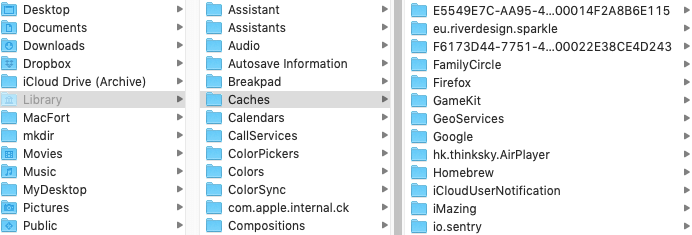
Microsoft Edge
To modify your autofill data in Microsoft Edge, follow the directions in these sections. The first section shows you how to access the autofill options, and the others show you how to edit them.
Access autofill options
- Open the Microsoft Edge browser.
- Click the Settings and more icon in the upper-right corner of the browser window.
- In the drop-down menu that appears, near the bottom, select Settings.
- Under the Settings section on the left, click Profiles.
- Under the Your profile section in the middle of the screen, there are three categories to choose from: Passwords, Payments, and Addresses and more.
- Once you know which autofill item you'd like to edit, find it in the sections below and follow the instructions.
Passwords
The following link shows you how to manage your browser passwords in Edge.
Payment info
The following section contains details on the payment info autofill options in Edge.
Toggle payment autofill
Use the toggle switch next to Save and fill payment methods to choose whether or not Edge should save and autopopulate your payment information (A).
Adding a card
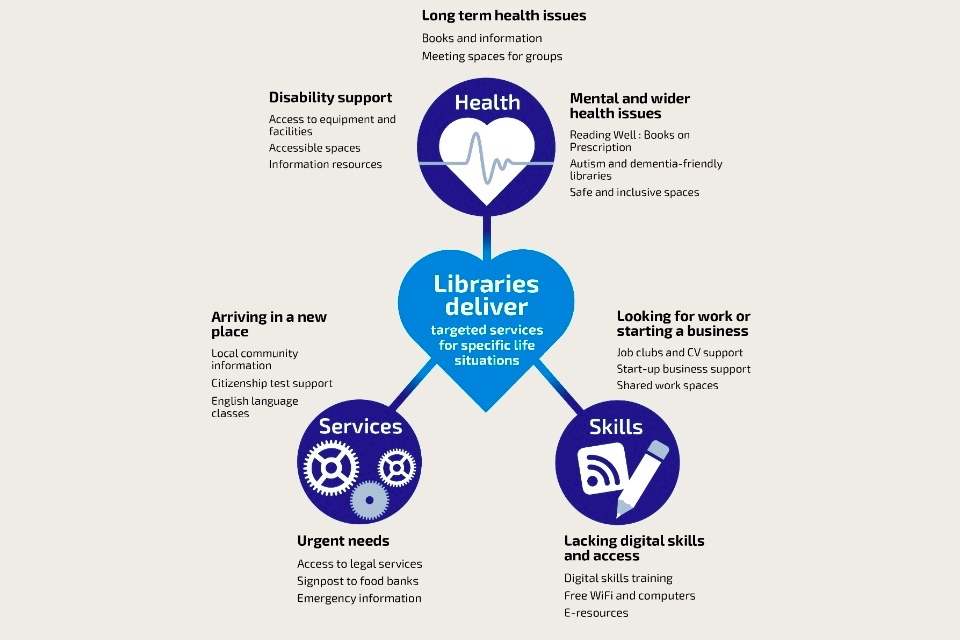
To add a credit card to Edge, click the Add card button (B). Fill out the payment information, then click the Save button at the bottom.
Edit or delete payment information
To edit or delete payment info, click the icon next to one of the entries (C), and select Edit or Delete from the drop-down menu.
Addresses and more
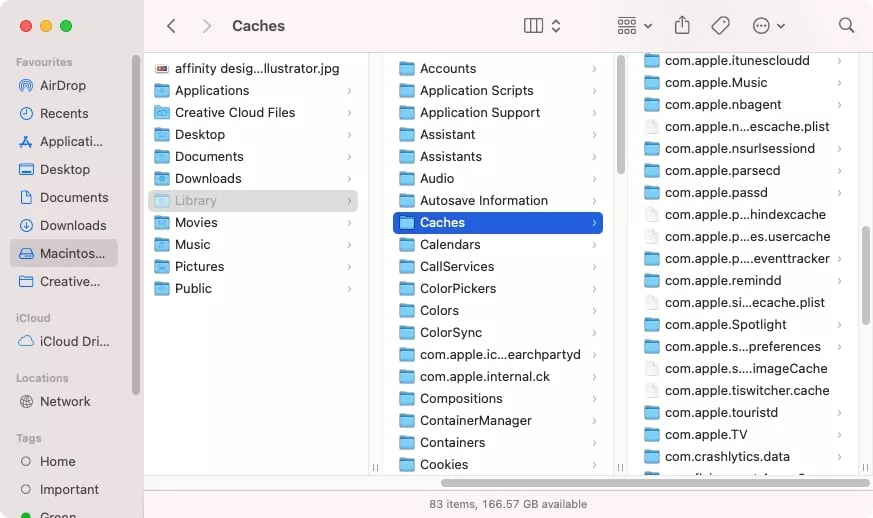
The following section contains details on the address autofill options in Edge.
Save and fill addresses
To choose whether or not Edge should save and autopopulate your address information, enable or disable Save and fill addresses (A).
Add addresses
To input a new address, click the Add address button (B). Fill in the appropriate information, then click the Save button.
Edit or delete an address
To edit or delete address info, click the icon next to one of the entries (C), and select Edit or Delete from the drop-down menu.
Microsoft Edge Legacy
To modify your autofill data in Microsoft Edge Legacy, follow these steps.
- Open the Microsoft Edge Legacy browser.
- Click in the upper-right corner of the screen.
- Select Settings.
- Scroll to the bottom and click the button.
- Click the option in the middle of the Autofill entries list.
To create a form entry - Click , fill out the appropriate information, then click the button.
To edit the form entry - Click an existing form entry, make your changes, then click the button.
To delete a form entry - Hover your mouse over the entry, then click the icon in the upper-right corner of the screen.
Microsoft Internet Explorer
Internet Explorer only allows users to enable and disable autofill, or clear its history, but not change specific entries.
- Open the Internet Explorer browser.
- In the upper-right corner of the screen, click the icon.
- Select Internet options.
- In the window that opens, click the Content tab (A), then select Settings (B) in the AutoComplete section.
- On the next menu, you have two options: toggle autofill on or off and delete AutoComplete history.
Toggle autofill on or off
- Check or uncheck the box next to Forms and Searches.
Delete AutoComplete history
- Near the bottom of the window, click the Delete AutoComplete history button.
- Check the box next to Form data, then click Delete.
- Click OK twice to exit the two windows.
Opera
To modify your autofill data in Opera, follow the directions in these sections. The first section shows you how to access the autofill options, and the others show you how to edit them.
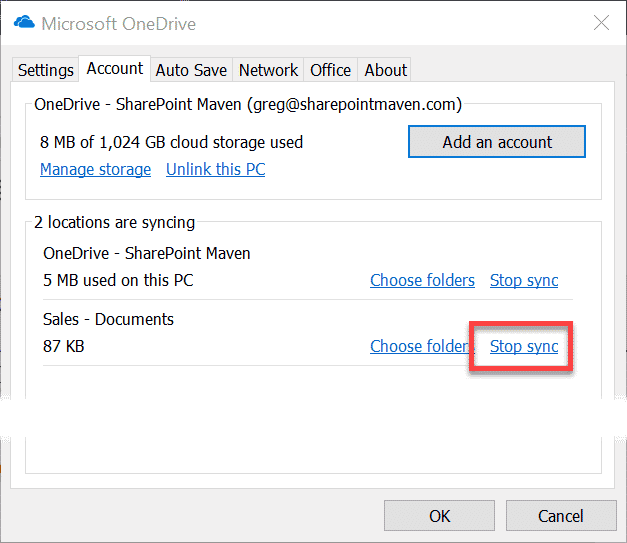
Access autofill options
- Open the Opera browser.
- Click the button in the upper-left corner of the screen.
- In the drop-down menu that appears, near the bottom, select Settings.
- In the Settings window, click the button, then select Privacy & security.
- In the Privacy and security section, scroll down to the Autofill section where you see three options: Passwords, Payment methods, and Addresses and more.
- Once you know which autofill item you'd like to edit, find it in the sections below and follow the instructions.
Passwords
The following link shows you how to manage your browser passwords in Opera.
Payment methods
The following section contains details on the payment method autofill options in Opera.
Save and fill payment methods
Use the toggle switch next to Save and fill payment methods to choose whether or not Opera should save and autopopulate your payment information (A).
Add payment method
To input new payment information, click the Add button (B) and type in the appropriate information. When you've finished, click the Save button.
Edit payment methods
To edit or remove payment info, click the icon next to one of the entries (B), and select Edit or Remove from the drop-down menu.
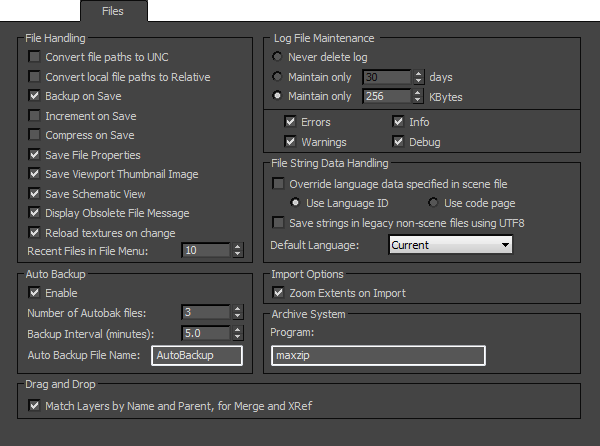
Addresses and more
The following section contains details on the address autofill options in Opera.
Save and fill addresses
Use the toggle switch next to Save and fill addresses to choose whether or not Opera should save and autopopulate your address information (A).
Adding addresses
To input new address information, click the Add button (B) and type in the appropriate information. When you've finished, click the Save button.
Remove or edit an address
Library Autosave Information Clearing
To edit or remove address info, click the icon next to one of the entries (C), and select Edit or Remove from the drop-down menu.
Safari
To modify the Autofill settings in Safari, follow the steps below.
- Open the Safari browser.
- In the Apple menu bar, click , and select Preferences from the drop-down menu.
- In the Preferences window, click the AutoFill tab (A).
- Under AutoFill web forms, you can completely disable any of the four categories (B), or access the editing menus for each and customize your preferences (C).
Additional information
- See the autofill definition for further information and related links.
Autosave elements as they change. View the Project on GitHub tomcounsell/jquery-autosave
How to use jquery-autosave (inline setup)
That was easy!
Just don't forget to include jquery and this plugin.
Set up your input fields with the with the following parameters.
The second example makes a GET request to '/my_backend_uri' so parameters will show in the url string.
Also if the request is successful, the 'done' function will run. In this example, an alert box will show 'saved!'
Library Autosave Information Clearinghouse
How to use jquery-autosave (js setup)
When you have several inputs you want to autosave, repeating the same data-* attributes is not usually the best practice. Consider including some settings when you apply the plugin.
Set global options that apply to all the input elements on the page. Now you don't need to change any of your html!
Options
The following options can be passed to the plugin when it is initialized.
| Option | Type | Default | Description |
|---|---|---|---|
| url | string | null | The URL to which the request is sent. |
| method | string | 'POST' | The type of request to make, usually POST or GET. Other HTTP request methods, such as PUT and DELETE, can also be used here, but they are not supported by all browsers. |
| event | string | 'change' | Event that causes the plugin to send data to your url. See jQuery.on for options. |
| type | string | 'html' | Specify the dataType you are expecting (xml, json, script, or html) |
| data | object | null | Object that holds all data that will be posted back to the url when the event is fired. You can set global default values to be sent here. All data-* attribute values end up here, minus 'data-' (e.g. 'data-foo' becomes 'foo'). |
| debug | boolean | false | Will stop any requests from being performed and will console.log the data variable inside of the autosave library |
Callbacks/Promises
The following promise methods are available. However, if used, they should be included as options when autosave is initialized. See demos below for implementation example.
| Callback | Description |
|---|---|
| before: function(){} | Called just before processing the autosave. This is a great place to make some last second changes to the inline html data-* attributes. |
| done: function(data, textStatus, jqXHR){} | Called when the autosave ajax call was successful. The function's arguments are the same as those in a jqXHR.done() in jQuery.ajax (data, textStatus, and the jqXHR object). |
| fail: function(jqXHR, textStatus, errorThrown){} | Called when the autosave ajax call failed or there is an error in the response. Note: Default 'type' is 'html' and it must match the response or even a 200(OK) status response will show as failed. The function's arguments are the same as those in a jqXHR.fail() in jQuery.ajax (jqXHR, textStatus, errorThrown). |
| always: function(){} | Called when finished, whether successful or not. This is the very last process performed during an autosave. |
Notes
Inline data-* attributes will override global options. However the callback functions (before, done, fail, and always) must be passed in via the javascript, not as data-* attributes in the html.
Textarea elements automatically use the inner html as the value when saving.
Pro Tip #1: Autosave Anything!
Edit the selector to specify which elements should autosave. It's not just for input fields!
Examples with Demo
Autosave the contents of a basic text input to the inline name='my-input' value=' placeholder='try me!'>
Testing all the option combinations. View the source if you like!
This project is maintained by tomcounsell
forked long ago from cfurrow/jquery.autosave.js
Hosted on GitHub Pages